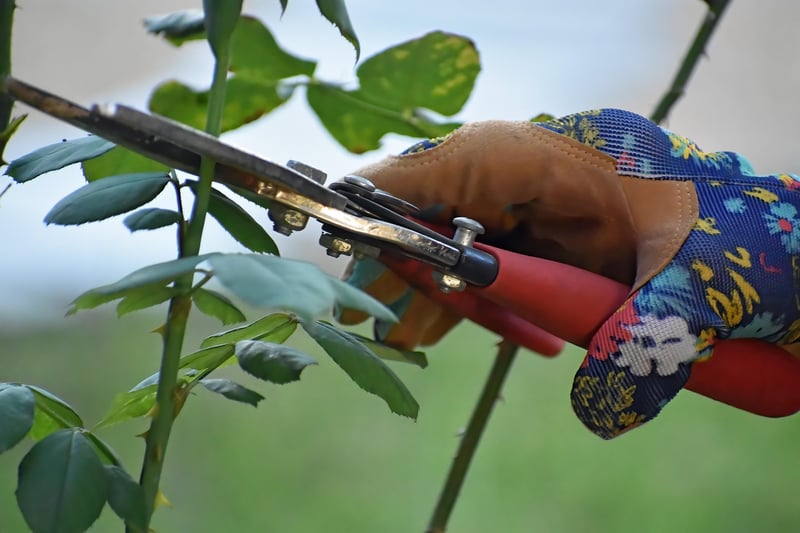Pruning Guidance
Keeping Your Garden Healthy: Essential Pruning Guidance
Having a beautiful and healthy garden requires regular maintenance and care. One crucial aspect of garden care is pruning, which not only helps maintain the aesthetics of your plants but also promotes growth and overall plant health. In this guide, we'll explore the importance of pruning and provide you with essential guidance to keep your garden in top shape.
Why is Pruning Important?
Pruning is the process of selectively removing certain parts of a plant, such as branches, leaves, or buds. It serves several essential purposes:
- Promotes Growth: Pruning encourages plants to focus their energy on new growth, resulting in healthier and more vigorous growth.
- Improves Air Circulation: By removing overcrowded or diseased branches, pruning allows better air circulation within the plant, reducing the risk of fungal diseases.
- Enhances Aesthetics: Pruning helps maintain the shape and appearance of plants, keeping your garden looking neat and well-maintained.
- Prevents Disease Spread: Removing infected or diseased parts promptly can prevent the spread of diseases to healthy portions of the plant.
Pruning Guidelines:
Follow these essential guidelines to prune your plants effectively:
- Use Sharp Tools: Always use sharp and clean pruning shears to make clean cuts without damaging the plant.
- Identify Branch Collar: When pruning branches, make cuts just outside the branch collar (the swollen area where the branch meets the trunk).
- Remove Dead or Diseased Branches: Cut back dead or diseased branches to healthy wood to prevent the spread of diseases.
- Prune at the Right Time: Different plants require pruning at specific times of the year. Research the ideal pruning times for each plant in your garden.
- Step Back and Assess: Before making cuts, step back and assess the plant's overall structure to determine which branches need pruning.
- Prune Gently: Avoid over-pruning, as it can stress the plant. Aim to remove only what is necessary to achieve the desired shape and health.
Conclusion:
Pruning is a vital aspect of garden maintenance that can significantly impact the health and appearance of your plants. By following the guidelines outlined in this article and regularly pruning your garden, you can promote growth, prevent diseases, and keep your garden looking its best throughout the year.

Remember, proper pruning techniques can vary depending on the type of plants in your garden, so always research specific requirements for each plant species. With the right tools and knowledge, you can effectively prune your garden and enjoy a thriving outdoor space.
Happy gardening!
